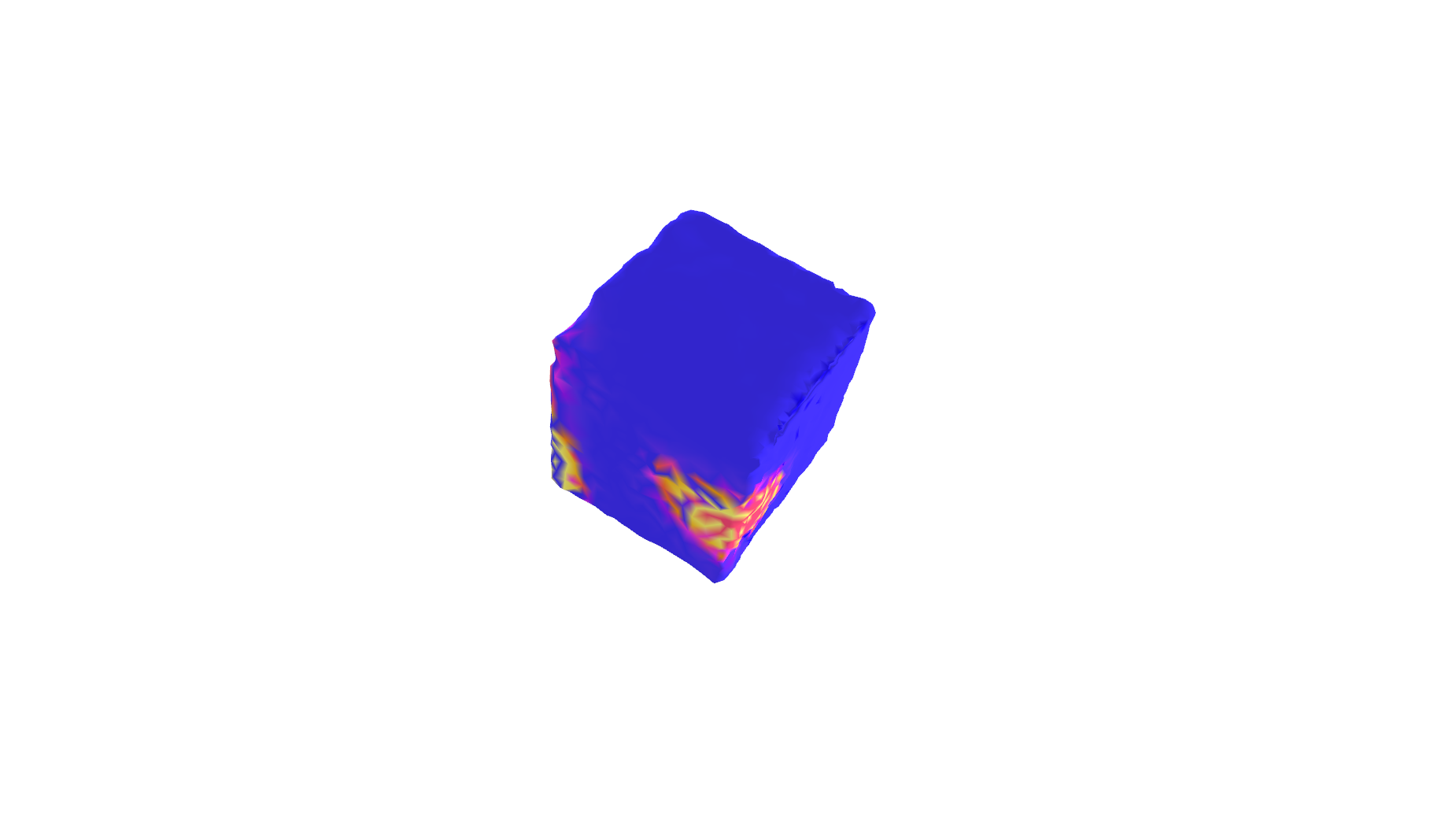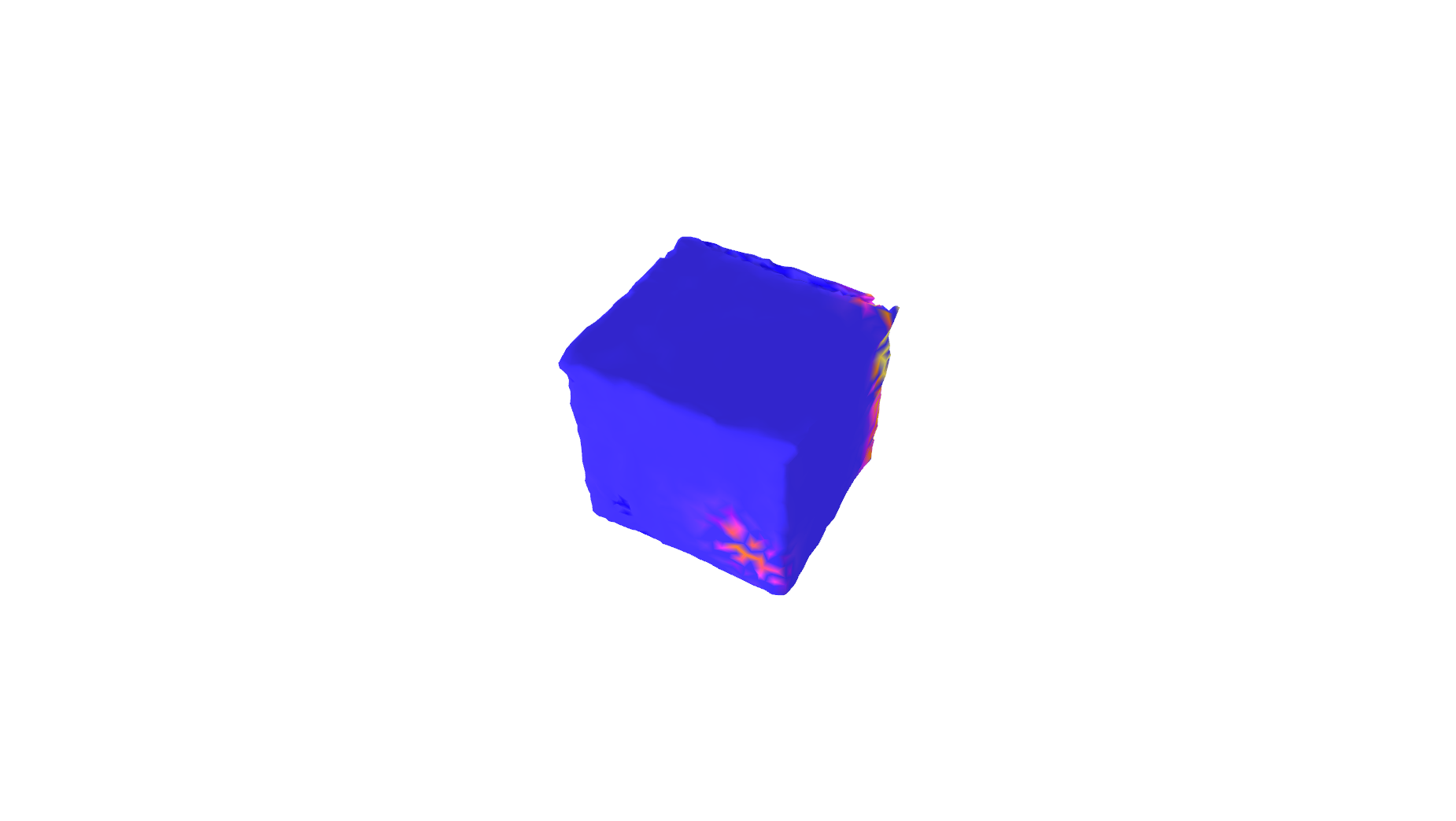This paper introduces the first text-guided work for generating the sequence of hand-object interaction in 3D. The main challenge arises from the lack of labeled data where existing ground-truth datasets are nowhere near generalizable in interaction type and object category, which inhibits the modeling of diverse 3D hand-object interaction with the correct physical implication (e.g., contacts and semantics) from text prompts. To address this challenge, we propose to decompose the interaction generation task into two subtasks: hand-object contact generation; and hand-object motion generation. For contact generation, a VAE-based network takes as input a text and an object mesh, and generates the probability of contacts between the surfaces of hands and the object during the interaction. The network learns a variety of local geometry structure of diverse objects that is independent of the objects' category, and thus, it is applicable to general objects. For motion generation, a Transformer-based diffusion model utilizes this 3D contact map as a strong prior for generating physically plausible hand-object motion as a function of text prompts by learning from the augmented labeled dataset; where we annotate text labels from many existing 3D hand and object motion data. Finally, we further introduce a hand refiner module that minimizes the distance between the object surface and hand joints to improve the temporal stability of the object-hand contacts and to suppress the penetration artifacts. In the experiments, we demonstrate that our method can generate more realistic and diverse interactions compared to other baseline methods. We also show that our method is applicable to unseen objects. We will release our model and newly labeled data as a strong foundation for future research. Codes and data are available in: https://github.com/JunukCha/Text2HOI.



